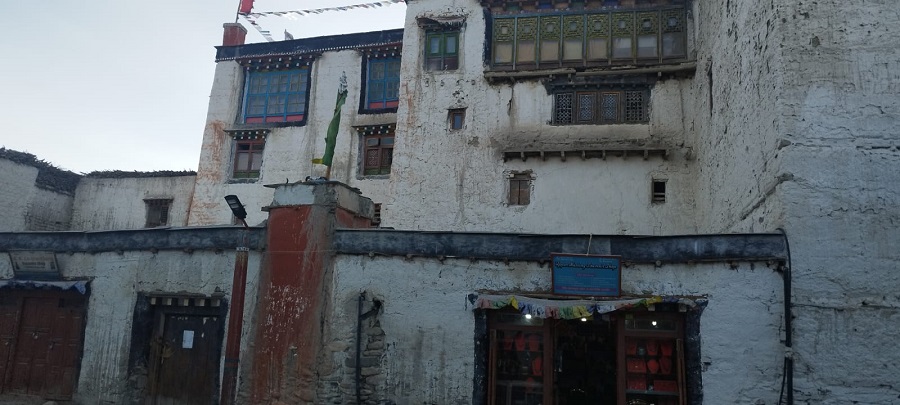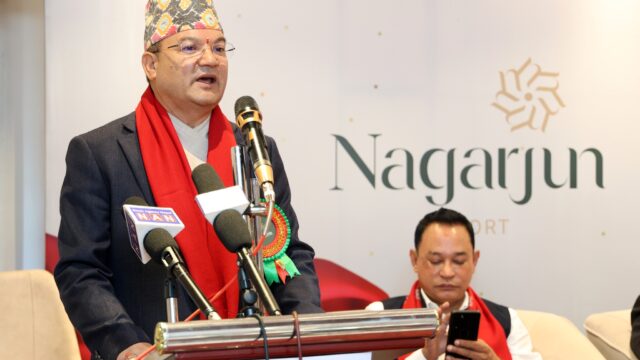Once a representation of strength and faith, the historic Lomanthang Palace in Upper Mustang is now all but deserted, with only a single Tibetan mastiff serving as its guard. The palace, known locally as Tasi Dhaphel or “Fortunate Palace,” was constructed in the 15th century out of mud, stone, and wood. It was once defended by a wall that was 563 meters long and 9 meters high. Up to 160 homes, monasteries, and government buildings could be found inside the walled city at its height.
Lomanthang Palace
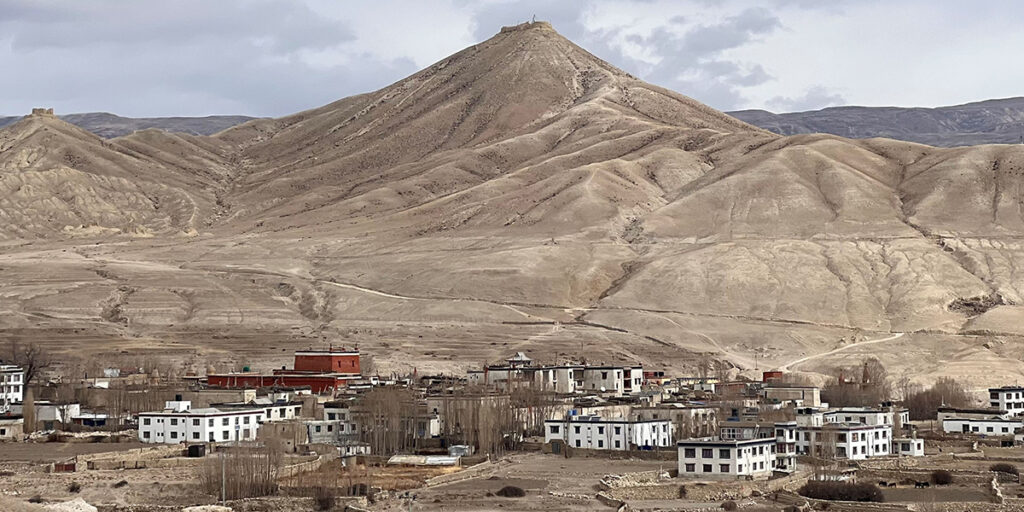
However, because of neglect and lack of preservation, the palace is currently deteriorating. The lack of government backing for the preservation of this historically and archaeologically significant heritage site worries the locals. Tasi Nhurbu Gurung, the chair of the Lomanthang Rural Municipality, claims that the republic’s transition has diverted attention from the palace, despite the local population continues to respect the royal family and their cultural legacy.population continues to respect the royal family and their cultural legacy.
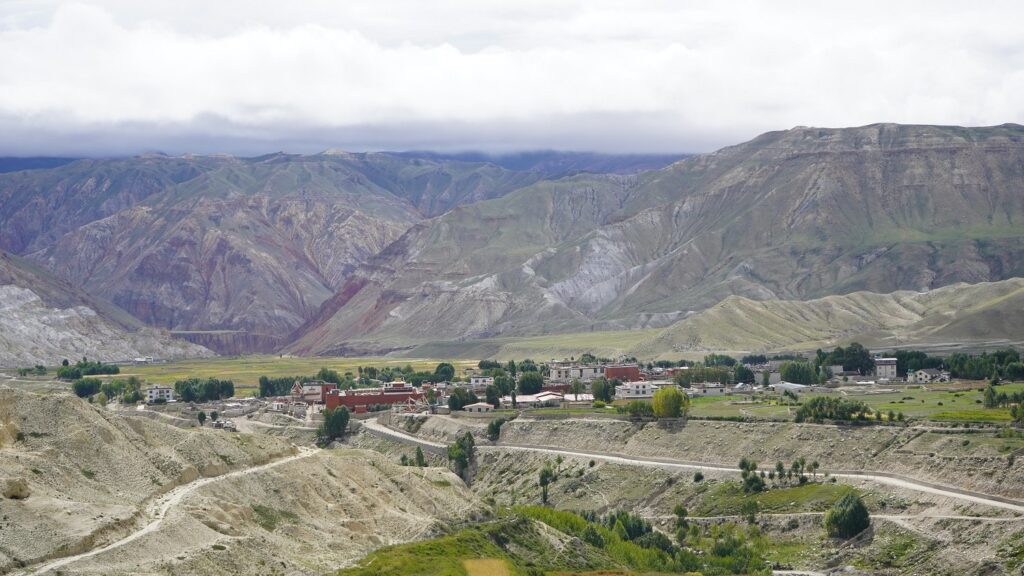
Jigme Palbar Bista, the last monarch, is still regarded with respect. Due to restrictions on public access since the 2015 earthquake, little is known about the palace’s interior condition. The once-vibrant complex is now even more isolated as only 21 families still reside in the palace area, while many others have left. Following the closure of the salt trade route and cultural upheavals in Tibet, Lomanthang, which had once served as a commercial hub linking India and Tibet, started to decline.
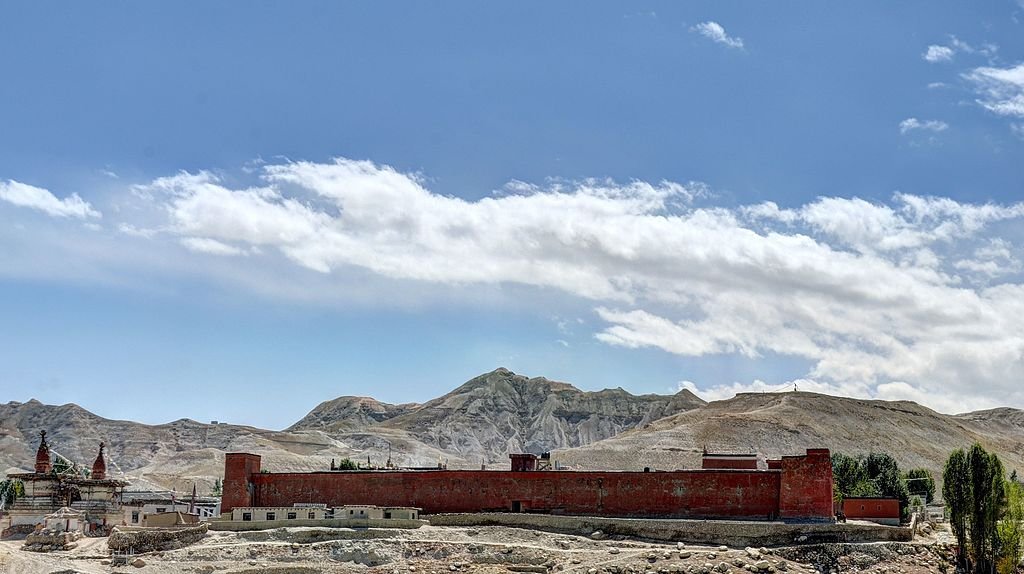
Karma Wangyel, a scholar, highlights the region’s tourism potential, particularly if stringent laws governing foreign visitors are loosened. Hotel operator Karchung Lhamo Gurung concurs, pointing out that improved road access, relevant advertising, and funding could revitalize the area. In addition to its natural beauty, Lomanthang is home to roughly 2,000 people who live in five wards and have rich cultural resources, including Tibetan-style palaces, monasteries, customs, and festivals. Lomanthang, which is 3,880 meters above sea level, is also home to the historic Sija Zhong cave complex, which is thought to be more than 2,000 years old and has about 60 rooms carved into the mountain.

Chairman Gurung emphasizes that almost all tourists come here and emphasizes how important heritage-driven tourism is to boosting the local economy. With its centuries-old monasteries, wall paintings, sculptures, and sacred writings, Lomanthang, which is tucked away between the Nilgiri and Dhaulagiri ranges, is still a hub of Buddhist and Tibetan culture. The Lomanthang Palace has the potential to become a top tourist destination for both domestic and foreign visitors with the right preservation and marketing, which would benefit not only the locals but the entire country.
